Stressful Times Call for Self Care
2020 has been interesting so far to say the least. Even though the world seems uncertain and ever changing, there are ways for us to all take a breath. We need to teach ourselves new skills, and take mental health seriously, especially following the COVID-19 pandemic. Crazy times add stress and can strain our relationships with one another. Strained relationships can make for a very unpleasant living situation for all involved.
While the world continues to go off the rails, we can and should use this time to our benefit. During social distancing and quarantine, we can improve our relationships with ourselves and others. This is true especially of families. Especially those who were previously homeschooling and those who are new to the experience due to school closures. In this post, we are going to talk about some simple, but effective ways to improve and build upon relationships with family members. Here are some tips and tricks on how to use mindfulness and meditation to better combat anxiety and strengthen bonds.
1. Use Mindfulness in Your Daily Homeschool
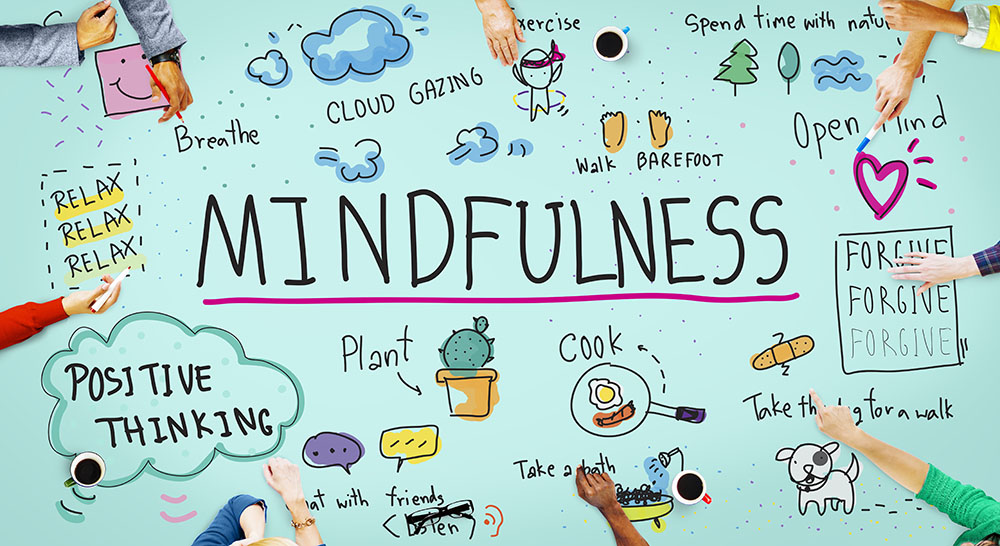
I have been using the Headspace App since late February to help me manage my anxiety and improve my sleep. I used the free trial to see if it was something I was going to stick with or not. The results really surprised and encouraged me. I have continued to expanded my use of the modules and courses on the app. Topics like tackling cravings (stopping sugar is hard, guys), dealing with anger, relationships, exercise, sleep, productivity, and handling sadness to name a few.
The good news is that this app isn’t only for adults. There is a section called Meditate with Kids and it has meditations for kids as young as 5 and under. With myriads of resources ranging from topics like Rest and Relax, Cool Off, Kindness, Calm, Paying Attention, to Morning and Night options. The same options are offered and patterned for different age groups from 5 all the way to 12 as well as suggestions for activities to do together.
The app is good for everyone in the family. Start your kids out early with breathing techniques and ways to quiet their minds on their own. This will undoubtedly help them grow up with a healthier sense of self and their mental awareness. If only I had been doing this as a youngster, I would be so much better adjusted by now. Of that I am certain.
If you as a parent can start viewing mental health care as important as brushing your teeth or bathing, you will be able to handle the stressors of life in a much healthier and balanced way. This in turn will rub off on your kids. It will vastly improve their ability to control impulses. Also prividing them with focus to deal with what life throws at them on any given day. This tool is also something you can use during school time if your child is frustrated, angry or stressed. Utilize the tools that Headspace has to offer in moments where you are unable to help them get their emotions under control.
2. Use Mindfulness and Tools to Deal with Your Child’s Angry Outbursts
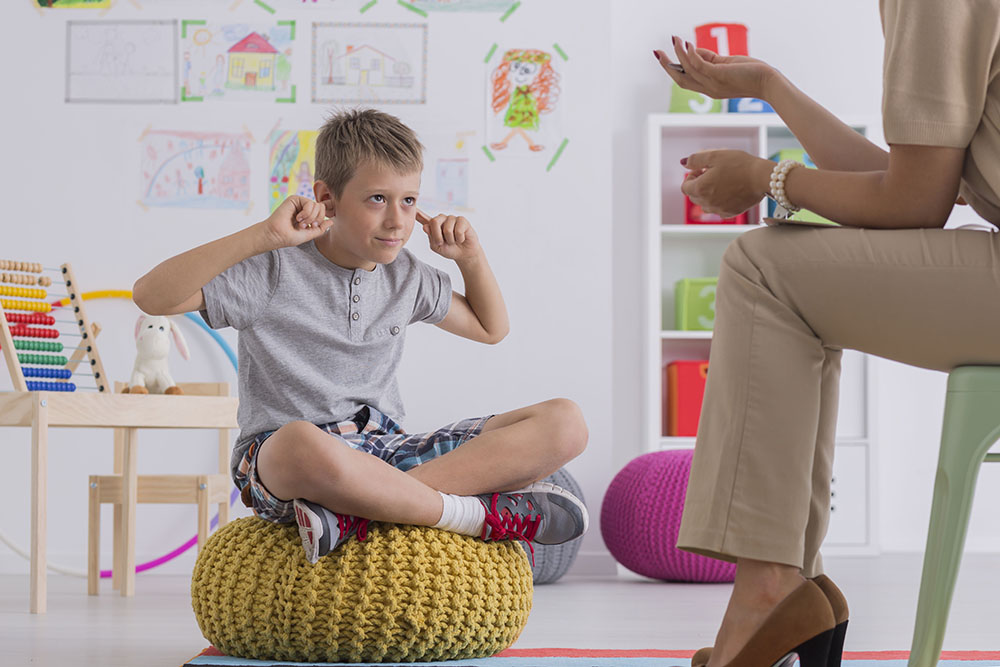
What if during school hours your child gets angry? You know-the kind of anger where there is crying, yelling, throwing of things, rolling around on the floor tantrum level. Instead of this escalating to the point where you are also raising your voice, threatening to take something away from them, or even considering spanking them, try a different approach. Add mindfulness to your homeschool curriculum.
Try calmly removing them from the school setting and putting them into a quiet room. Here you can have them do a mindfulness exercise based around anger or stress. Give them 5 minutes to bring their emotions down. And, if you have the time to, do a Headspace or deep breathing exercise of your own. You deserve to restore some balance and peace to your own mind as well. When your child can see these moments of time-out to be more positive and constructive, they ideally will more easily be able to move past the negativity.
I remember my Mom always taking away any activities like drawing or playing. She used it as a tool to threaten me into being good. It never helped me tackle my feelings of anger or frustration in a positive way. Instead, I learned how to mask and hide my feelings. I would behave as desired purely out of the fear of losing the things most important to me or being beaten for the slightest infraction. Having things taken from me left and right only taught me how to resent, fear and dislike her for her cruelty. We should be teaching kids how to love, respect and empathize with each other and with you. Instilling these traits takes patience, time, and demands you lead by being a good example.
3. Use Visual Aids for Your Child to Express and Self-Regulate Emotions
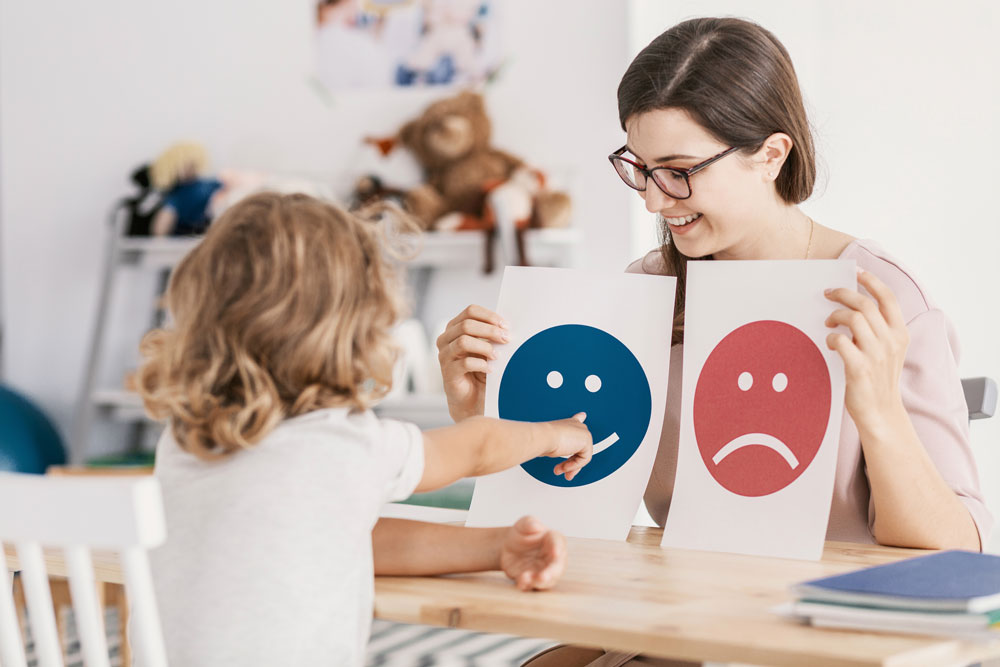
Another great tool for helping your child learn to handle their feelings and emotions is a Calm Down Kit. The kit includes cue cards and ways to identify their feelings with helpful hints and more. Encourage your kid(s) to use the resources like deep breathing to more constructively share their feelings once in a more calm state.
There are also resources like the Feelings and Emotions – When I Feel Sad pack. You can get to help your child identify emotions, learn about them and tackle managing them.
Another activity that can help your child become more self-aware in addition to mindfulness and identifying emotions is Interoception. Understood.org describes Interoception as “a lesser-known sense that helps you understand and feel what’s going on inside your body. Kids who struggle with the interoceptive sense may have trouble knowing when they feel hungry, full, hot, cold or thirsty. Having trouble with this sense can also make self-regulation a challenge”. Studies have shown that children who suffer from not being able to identify or verbalize their discomfort can benefit from rigorous activity, meditation and mindfulness. Expanding how you teach and handle mental issues like the ones we have discussed will spill over into your homeschool. Focus, patience, and awareness will improve for both you and your child.
4. Use Music Meant for Studying and Concentration
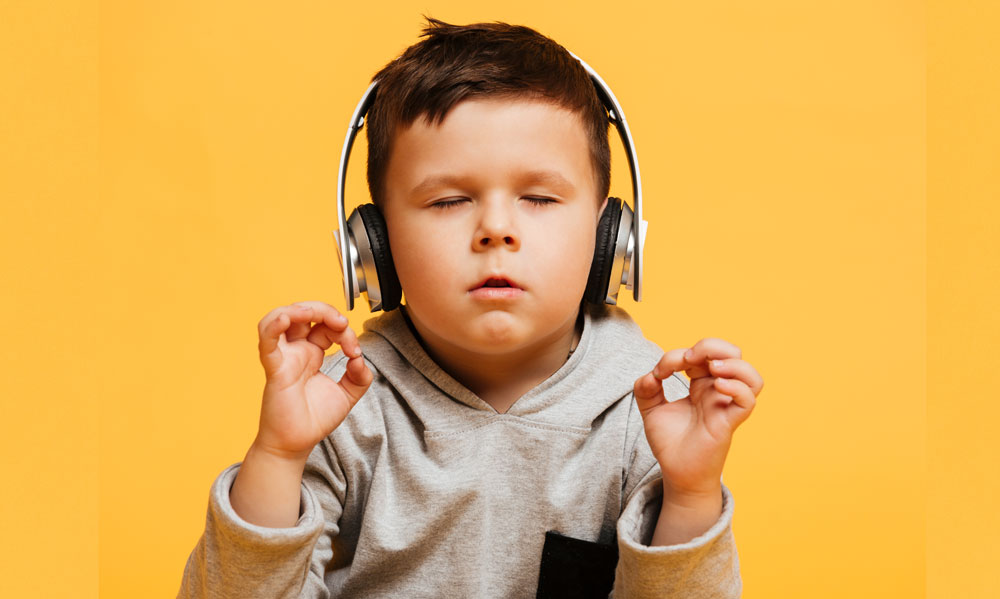
There are so many playlists to choose from on platforms like Spotify, Pandora, Youtube and Amazon music that are made specifically for learning. Your homeschool will greatly benefit when you can create a pleasant environment for learning to take place. Search your chosen music platform by entering in keywords like study, deep focus, peaceful, etc. to find suitable music to create a soothing and mentally stimulating environment.
5. Practice Yoga as a Family
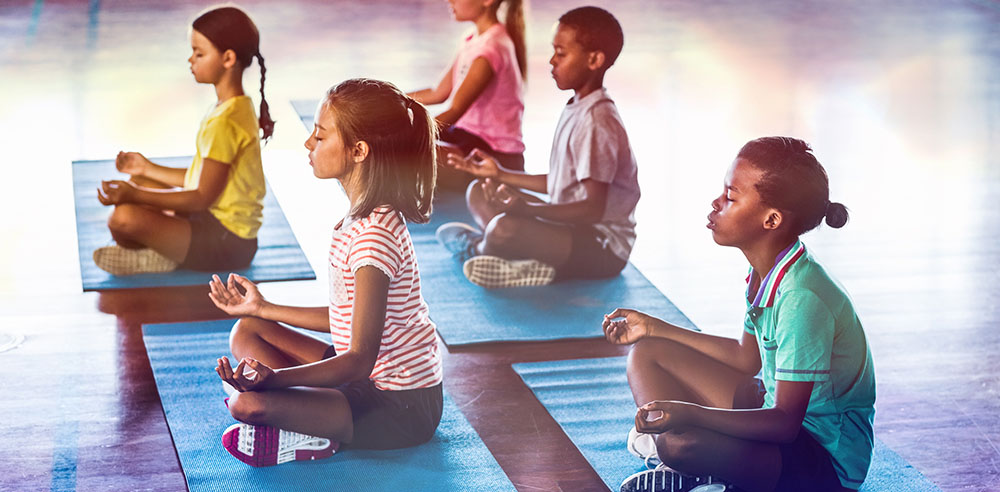
Activekids describes the benefits of doing yoga with your kids as “Enhancing strength, flexibility, balance, alignment, focus and concentration, it allows all family members to benefit. It builds stamina and confidence and helps everyone to connect more closely with their inner wisdom and guidance. And above all, it’s fun”.
Getting your child to be active during this time of social distancing and quarantining is vital. It’s essential for both physical and mental health for you and the child. The more active you can get with them, the better off everyone will be. Technology is great and can be a saving grace during down times. But limiting screen time is becoming more difficult and more essential. That goes for each and every one of us. Getting outside, hiking, biking, playing, etc will go a long way in increasing mental and physical health as well as creating life-long healthy habits for your children.
Headspace also provides workout routines for you and your kids to do at home to encourage movement. These have been a lifesaver for me since I have not been able to go to the gym for months. I can’t recommend this resource enough!
These are just a few of many resources that you can utilize in your homeschool. Sometimes it can be difficult to add yet another thing to your list of tasks. Consider though, that mental health is finally getting the attention it deserves. It is never too late to take it seriously and implement mindfulness into your life and into your classrooms.
If you are wondering if it is even worth your time to incorporate mindfulness in your homeschool, just check out this article about how practicing mindfulness daily in the classroom is positively changing the learning experience for kids: Best Practices for Bringing Mindfulness into Schools
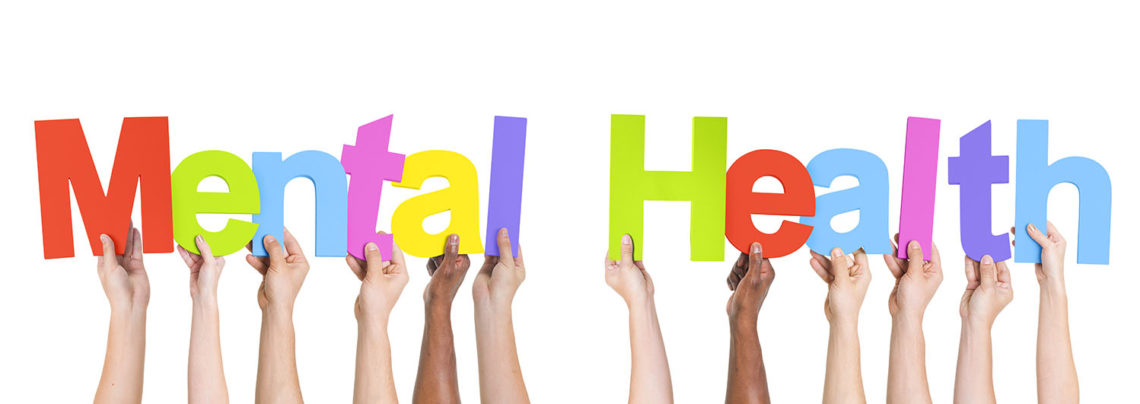

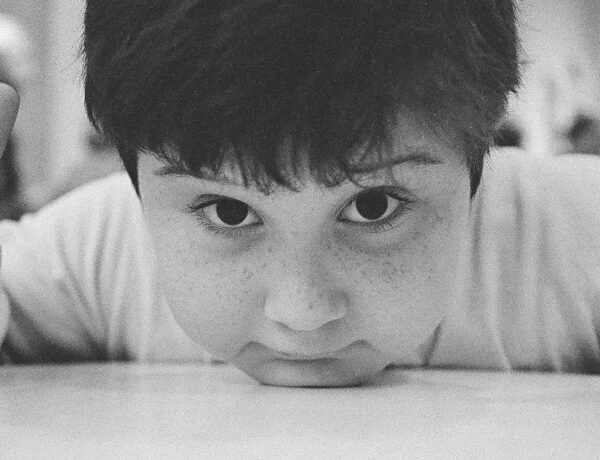
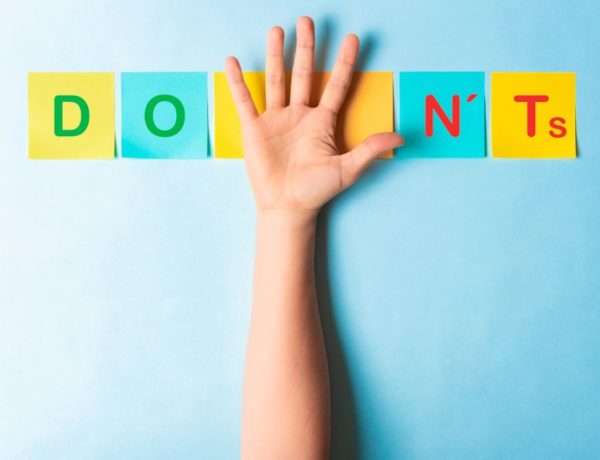
1 Comment
ปั้มไลค์
July 4, 2020 at 7:45 amLike!! Really appreciate you sharing this blog post.Really thank you! Keep writing.